I'm adding Navision Web Services to a simple Windows Forms Application using Add Service Reference functionality inside Visual Studio 2010, the reference are generated but inside the code there are duplicated definitions that stop the code from compiling, for example:
Error
The namespace 'WindowsFormsApplication1.ServiceReference1' already contains a definition for 'Status' C:\Trash\WindowsFormsApplication1\WindowsFormsApplication1\Service References\ServiceReference1\Reference.cs
and inside Reference.cs I have
[System.CodeDom.Compiler.GeneratedCodeAttribute("System.Xml", "4.0.30319.1015")]
[System.SerializableAttribute()]
[System.Xml.Serialization.XmlTypeAttribute(Namespace="urn:microsoft-dynamics-schemas/page/salesheaderpage")]
public enum Status {
/// <remarks/>
Open,
/// <remarks/>
Released,
/// <remarks/>
Pending_Approval,
/// <remarks/>
Pending_Prepayment,
}
and
[System.CodeDom.Compiler.GeneratedCodeAttribute("System.Runtime.Serialization", "4.0.0.0")]
[System.Runtime.Serialization.DataContractAttribute(Name="Status", Namespace="urn:microsoft-dynamics-schemas/page/salesheaderpage")]
public enum Status : int {
[System.Runtime.Serialization.EnumMemberAttribute()]
Open = 0,
[System.Runtime.Serialization.EnumMemberAttribute()]
Released = 1,
[System.Runtime.Serialization.EnumMemberAttribute()]
Pending_Approval = 2,
[System.Runtime.Serialization.EnumMemberAttribute()]
Pending_Prepayment = 3,
}
I already tried to uncheck Reuse types in referenced assemblies but the duplicated definitions are still generated in both cases.
any ideas?
EDIT: the Page is a custom Page connected to the standard table 36 (Sales Header)


